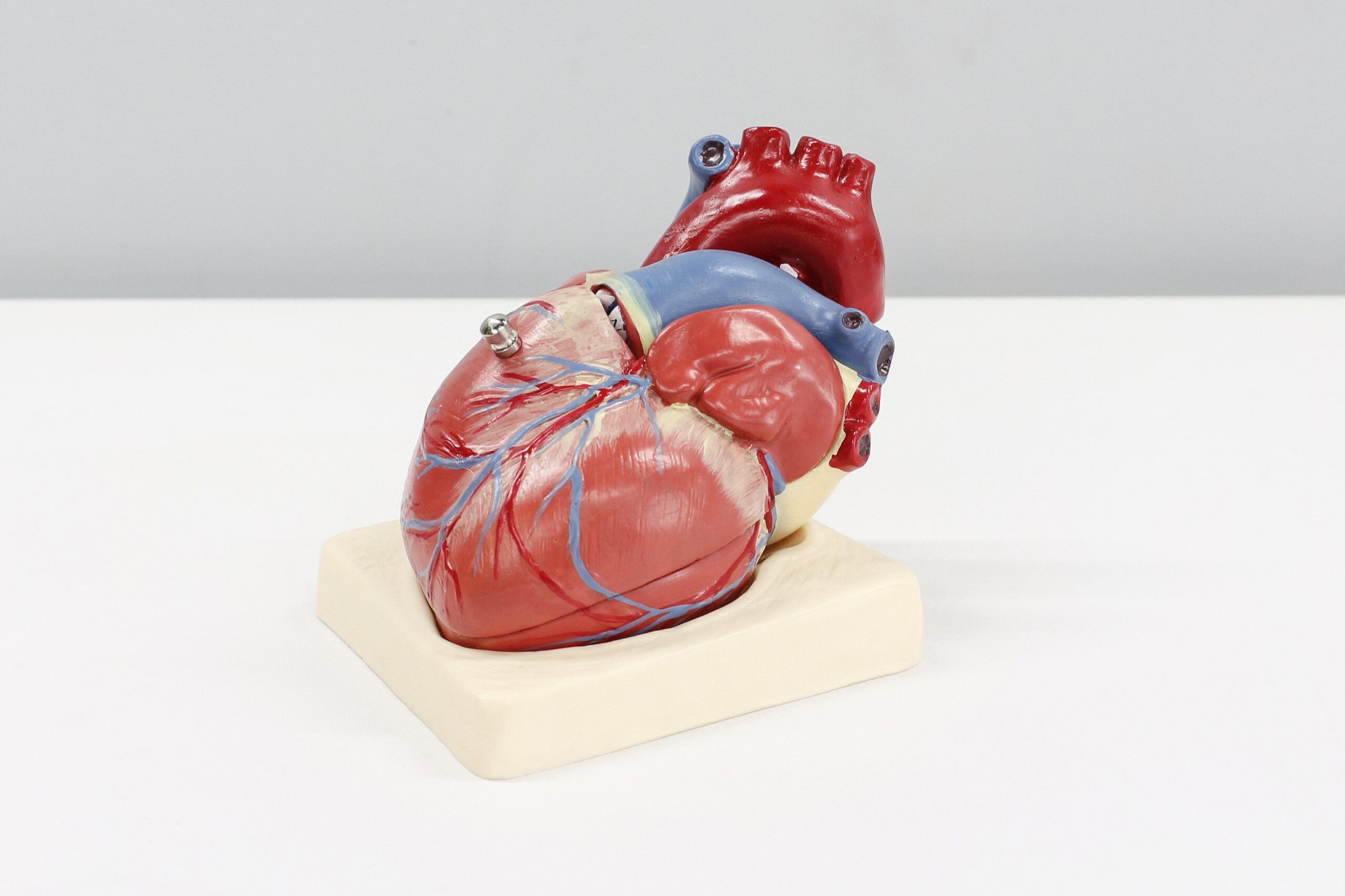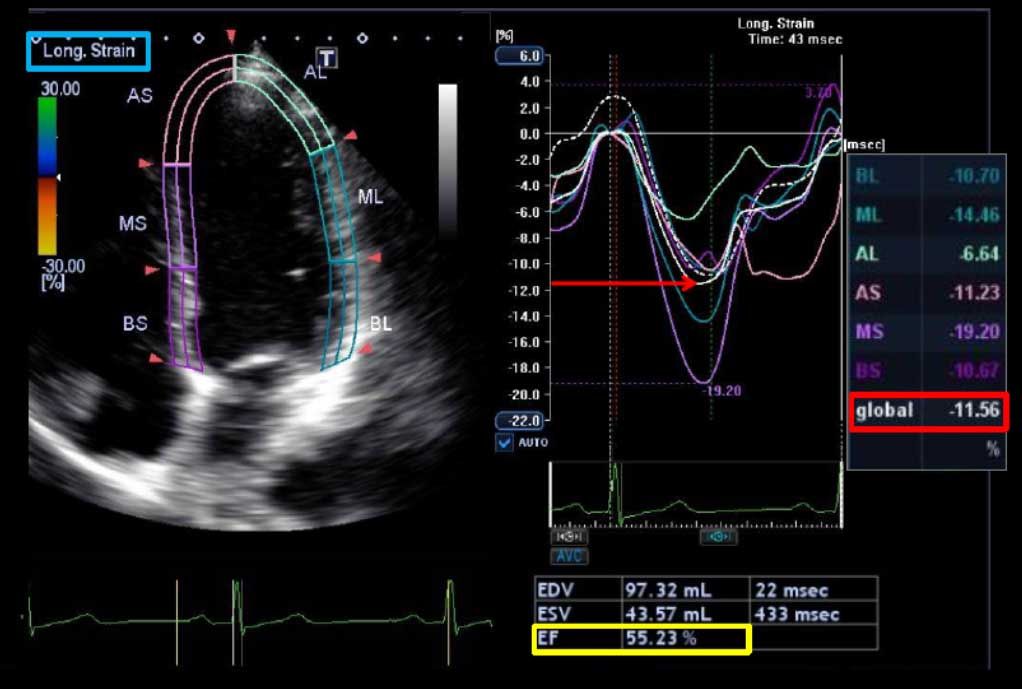Fitness and Atrial Fibrillation

What is the relationship between cardiorespiratory fitness (CRF) and the risk of atrial fibrillation (AF)?
The FIT project study group consisted of 64,561 adults (mean age, 55 years; 46% female; 64% whites) who underwent clinically indicated exercise treadmill testing (ETT).
There were 4,616 new cases of AF over a median follow-up period of 5.4 years. The unadjusted 5-year cumulative incidence of AF with respect to the level of CRF (< 6 METs, 6-9 METs, 10-11 METs, and >11 METs) was 19%, 10%, 5%, and 4%, respectively. Each additional MET achieved on stress testing was associated with a 7% lower risk of developing AF.
The inverse relationship between CRF and AF was stronger in obese patients. The authors concluded that there is an inverse relationship between performance on ETT and the incidence of AF. The mechanisms underlying the inverse relationship between fitness and AF risk remain unclear.
AF is perpetuated by structural remodelling of the atria, manifested by fibrosis, which not only affects the left atrium, but also other atrial regions, such as the sinus node. It is possible that some patients with poor CRF were unable to exercise further due to chronotropic incompetence, in addition to other causes, such as deconditioning and coexisting comorbidities.
Recent studies have also suggested that elite athletes may be more likely to develop AF. The above-described study cannot address this finding since such individuals would be very unlikely to have been referred for exercise testing.
Source:
Cardiorespiratory Fitness and Risk of Incident Atrial Fibrillation: Results From the Henry Ford Exercise Testing (FIT) Project. Circulation 2015;Apr 22.


